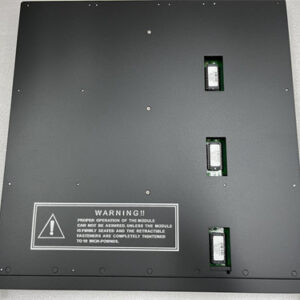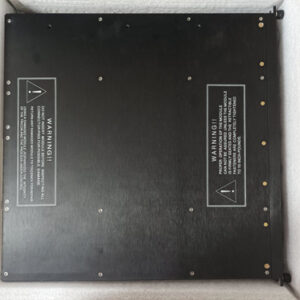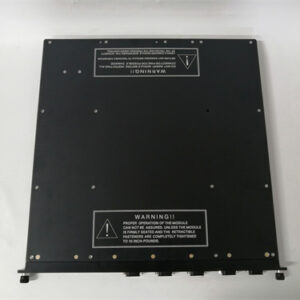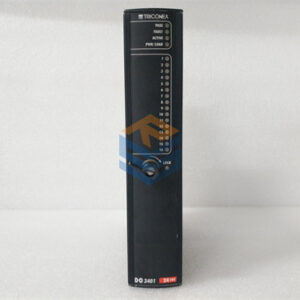الوصف
Based on the search results, it appears there might be some confusion or a less common usage for “TRICONEX 4400”. Most of the top results link “TRICONEX 4400” to a Network Communication Module (NCM) or a Safety Management Module (SMM), indicating it’s involved in communication within the Triconex system, similar to the 4329 (which was also an NCM). However, one source also refers to it as a “Digital Input Module” or even a “Digital Output Module” while simultaneously linking it to network communication.
This suggests that “TRICONEX 4400” might be a Communication Module that handles digital signals, or it could be a less common or older module where its primary function isn’t as strictly categorized as other Triconex I/O modules (like dedicated DI or DO modules). The emphasis on “Safety Management Module” and “Network Communication Module” points more strongly towards its role in handling inter-module and external communications for safety systems.
Given the information, I will describe the TRICONEX 4400 as primarily a Network Communication Module (NCM) / Safety Management Module (SMM), acknowledging the digital signal handling aspect as part of its communication function.
1. Product Name:
TRICONEX 4400 – Network Communication Module (NCM) / Safety Management Module (SMM)
2. Product Description:
The TRICONEX 4400 is a critical communication module designed for the highly reliable Triconex Safety Instrumented Systems (SIS). As a Network Communication Module (NCM) and sometimes referred to as a Safety Management Module (SMM), its primary function is to facilitate secure and robust communication within the Triconex system and with external entities.
The 4400 module enables the Tricon controller to exchange vital data with other Tricon controllers, main processors (MP), input/output (I/O) modules, and external host systems such as Distributed Control Systems (DCS), Supervisory Control and Data Acquisition (SCADA) systems, engineering workstations, and other third-party devices. This capability is paramount for integrating the safety system into the overall plant control network while maintaining the highest levels of safety integrity.
While some sources ambiguously refer to it as a “digital input module” or “digital output module,” its core role appears to be communication. It allows for the monitoring and control of digital signals through its communication capabilities, enabling data storage and historical recording, which are crucial for process optimization, fault diagnosis, and reporting in industrial environments.
Like all Triconex modules, the 4400 incorporates design principles for high reliability and fault tolerance, essential for continuous operation in demanding industrial settings. It is designed to be compatible with safety-related applications, such as fire detection and gas detection systems, ensuring the security and dependability of the overall safety system.
Key Features:
- Network Communication: Facilitates data exchange within the Triconex system and with external systems.
- Safety Management: Contributes to the overall safety management capabilities of the Triconex SIS.
- Data Handling: Enables monitoring and control of digital signals, often involving data storage and historical recording.
- High Reliability: Designed for stable and continuous operation in industrial environments.
- Integration: Supports integration with DCS, SCADA, and engineering workstations.
- Applicable to Safety Systems: Crucial for critical safety applications like emergency shutdown, fire and gas detection, and burner management systems.
3. Product Parameters (Probable, based on NCM/SMM functionality):
- Module Type: Network Communication Module (NCM) / Safety Management Module (SMM).
- Manufacturer: Triconex (Schneider Electric).
- Part Number: 4400.
- Compatibility: Triconex Tricon systems (likely compatible with various versions).
- Communication Interface: While specific port types (e.g., Ethernet, serial) are not consistently detailed in available snippets, its function as an NCM implies standard industrial communication interfaces. Some sources indicate it handles digital signals.
- Data Storage: Typically includes capabilities for data storage and historical recording for analysis and diagnostics.
- Diagnostics: Incorporates internal diagnostics for monitoring module health and communication status.
- Redundancy: Contributes to the overall redundant architecture of the Triconex system.
- Application Focus: Geared towards safety-related applications requiring high reliability and continuous operation.
4. Specifications (Probable, based on NCM/SMM and general Triconex module characteristics):
Important Considerations:
- Specificity of “Digital Input/Output”: While some sources mention the 4400 as a digital input or output module, the prevailing information points to its role as a communication module that handles digital signals. It’s crucial to consult official Triconex documentation to clarify its precise I/O capabilities versus its communication function.
- Legacy Status: Like many specific Triconex modules, the 4400 might be a legacy or less common variant. Always verify with official Schneider Electric/Triconex channels for the most current and accurate information.
For definitive and comprehensive specifications, it is highly recommended to consult the official product documentation from Schneider Electric or Triconex, or contact their technical support directly.
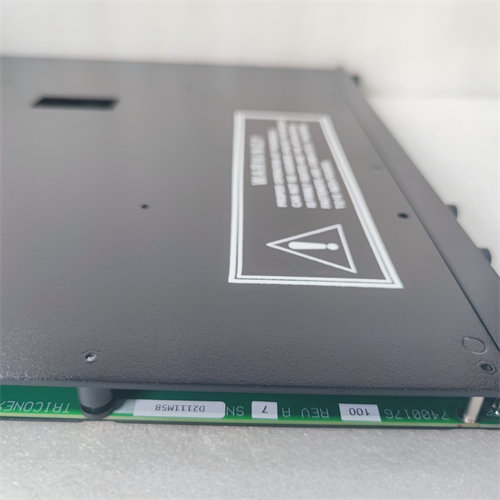
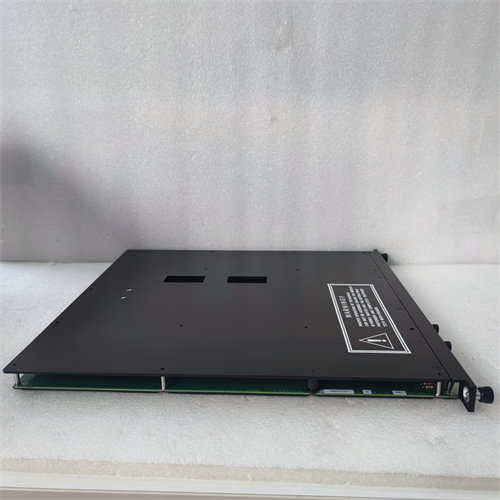

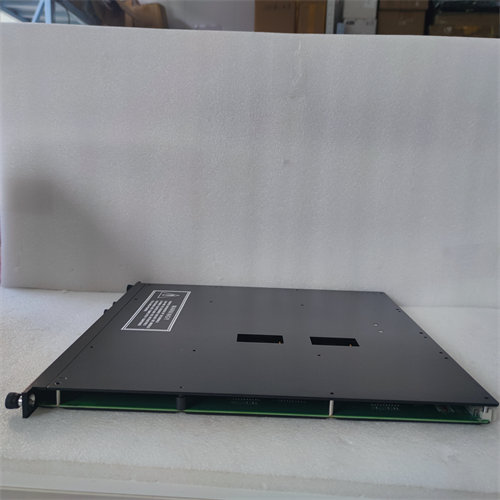

 +86 15340683922
+86 15340683922 +86 15340683922
+86 15340683922